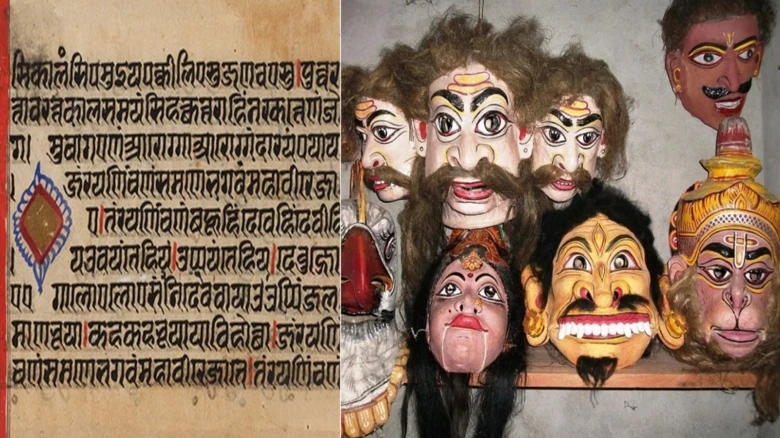The roots of mask-making in Majuli run deep, intertwined with the cultural and religious reformation...
Digital Desk: Majuli, nestled in the bosom of Assam, has long been a bastion of indigenous culture and tradition. Recently, its revered practices of mask-making, known as Mukha Shilpa, and manuscript painting have earned the prestigious Geographical Indication (GI) tag, a recognition bestowed by the Government of India after rigorous evaluation.
The roots of mask-making in Majuli run deep, intertwined with the cultural and religious reformation spearheaded by Saint Sankardeva during the medieval ages. With his introduction of Neo-Vaisnavism, a multifaceted approach to devotion and social harmony emerged, incorporating various art forms including painting, dance, music, and theatrical performances adorned with a plethora of vivid characters depicted through masks.
These masks are not just artistic expressions; they encapsulate the essence of indigenous socio-religious culture, utilizing local materials ingeniously while embodying themes of Vaisnavism. Dating back to the 16th century, mask-making has remained an integral part of Majuli's Sattriya culture, primarily thriving within the confines of Xatras (monasteries) and among individual craftsmen in the surrounding villages.
Complementing this craft is the tradition of manuscript painting, which breathes life into stories and chapters drawn from Hindu epics like the Ramayana, Mahabharata, and the Bhagavata Purana. Manuscript paintings, particularly those depicting narratives of Lord Krishna from the Bhagavata Purana, are celebrated for their intricate details and vibrant depictions.
Within Majuli, the art of manuscript writing flourishes in three distinct styles: Gargayan script, Kaithall, and Bamunia, each contributing to the rich tapestry of cultural heritage.
By bestowing the GI tag upon Majuli's mask-making and manuscript painting, the Government of India not only recognizes their cultural significance but also endeavors to preserve and promote these timeless traditions for generations to come.

Leave A Comment